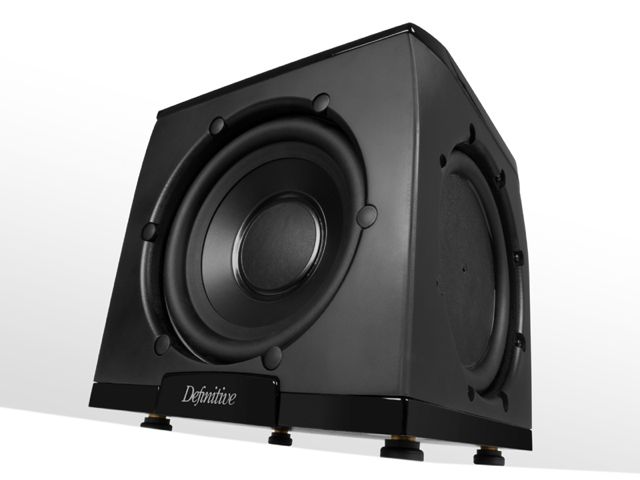 Subwoofers are game changers in our home theatre experience. There is nothing that can add to the enjoyment of our movies and music like a seamlessly integrated sub. It can elevate the suspense of a dramatic scene one minute, punch you in the stomach the next, and immerse you in the soundtrack throughout.
Subwoofers are game changers in our home theatre experience. There is nothing that can add to the enjoyment of our movies and music like a seamlessly integrated sub. It can elevate the suspense of a dramatic scene one minute, punch you in the stomach the next, and immerse you in the soundtrack throughout.
Subs For Movies
With so much potential for sound effects that utilize the “low end,” it should come as no surprise that action movies will be greatly enhanced by adding a sub. With a subwoofer it can literally sound and feel like a shotgun has gone off in your living room; something you may want to warn your mother-in-law about if she’s not accustomed to quality home theatre. Machine gun fire, car chases, crashes, and explosions have way more punch with a sub. Earthquakes, eruptions, tornados, and tsunamis take on a sense of reality when your subwoofer is literally shaking your entire room.
But it’s not just for action movies. A sub will add a depth of emotion to dramatic scenes or thrillers in equally impactful ways. Low end sound effects can create suspense, heighten the tension, and draw you into a movie with ease. The soundtracks from films will come alive as you follow the characters into a club, a factory, a symphony or a traffic jam. A well-tuned subwoofer is the bacon of home theatre; it makes everything sound better.
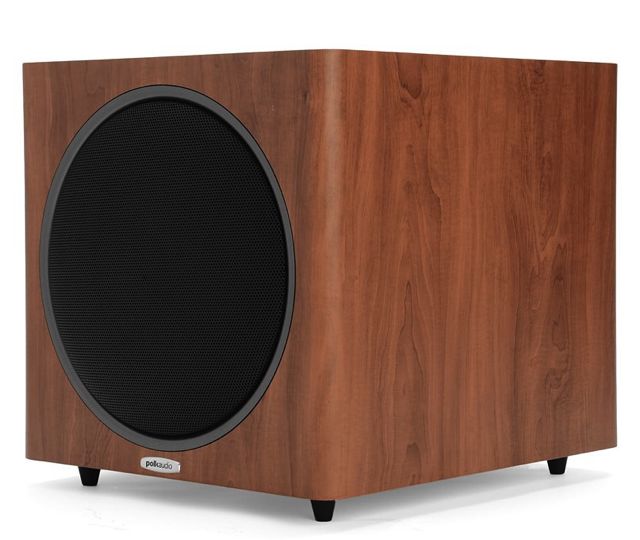 Subs For Music
Subs For Music
A sub can complete our musical recordings, bringing the kick drum and bass line alive, allowing us to experience music the way it was meant to be heard. Depending on the frequency response of your speakers, you may find that an entire layer of sound has been missing without a sub, and what a joy it can be to listen to your favourites all over again when the entire range is present.
How Does A Subwoofer Work?
Sound frequencies are measured in Hertz, (Hz) and most humans are able to detect sounds from about 20 Hz to 20,000 Hz. Without getting into the physics of sine waves, what we need to know is that as the Hertz increase, the pitch of the sound gets higher. If we were to use a standard 88 key piano as an example, the lowest key is around 30 Hz, middle C is about 250 Hz, and the highest key is slightly over 4,000 Hz.
Subwoofers are made to amplify the low end of the audio spectrum, the 16 – 100 Hz range that home theatre speakers are unable to. Most speakers are simply not designed to reproduce these sounds, which require a lot of amplification and very large drivers. A dedicated “powered sub” is required if you want to experience the entire audio spectrum in your home. In order to have the power necessary to acheive a deep, full bass, powered subs have amplifiers built right in rather than drawing its power from the receiver like your other speakers do.
Can Subs Reach Frequencies Below 20 Hz?
Most humans can detect sounds above 20 Hz, that doesn’t mean that is where the spectrum begins. What about frequencies that drop below that threshold? Those are the frequencies that we feel, that make our stomach turn or believe we’ve just been punched in the chest. Only the best subs can reach that low and when you “hear” one, you’ll know it.
 Definitive Technology SuperTower
Definitive Technology SuperTower
Matching A Sub To Your Speakers
Speakers have a line on their spec sheet called frequency response, which defines the range of frequencies that particular model is designed to reproduce. All speakers will be able to hit 20,000 Hz on the high end. The lower number is the one that will fluctuate from speaker to speaker, and tells you the lowest frequencies your speaker can reproduce. The higher this first number, the greater the range of audio you will not be able to enjoy without a sub. Generally speaking, as speaker drivers and cabinets get larger, the easier it is for them to reach the lower frequencies.
I Have Full Range Speakers. Do I Still Need a Sub?
A full range speaker is one that boasts that you will not need a sub to get that low end, however even many of these speakers will benefit from having a sub to partner with. Unless your speakers have powered subs built into them, like Def Tech Supertowers, utilizing a separate sub removes the need for your speakers to reproduce the lowest frequencies which can draw a lot of power from your amplifier or receiver. It allows your speakers to focus on their strengths, and use the available power in the amplifier to make the rest of the spectrum sing.
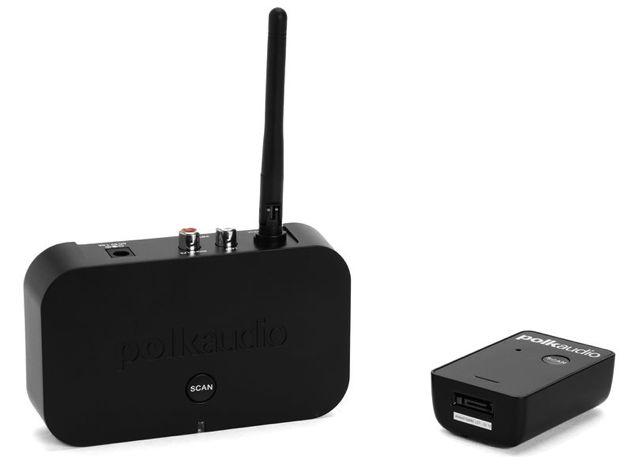
Is A Sub Easy To Connect?
Absolutely. The back of your receiver will have a dedicated subwoofer output; simply use a standard RCA cable to connect to the input on the back on the sub. Your sub has an amplifier built into it, so you will also need to plug it into an AC outlet. Some manufacturers recognize that the need to run cables around your room to drive a sub may prevent you from making the leap, and have responded with wireless transmitters that can save you from running a cable from your receiver!
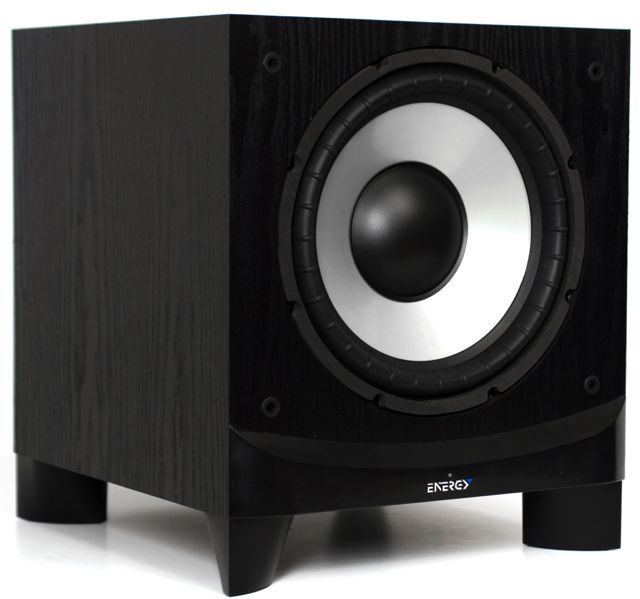
Crossover Point
Most subwoofers and receivers provide you with a way to set the crossover point, or low pass filter. This sets the frequency threshold that the sub will be responsible for, and the frequencies the remainder of speakers will be responsible for. This is where the information about your speaker’s frequency response is crucial to proper calibration. You don’t want to set your crossover point below the frequencies your main speakers are able to produce, you want a bit of an overlap. For example, if your speakers have a frequency response of 65 Hz – 20,000 Hz, you should set your crossover around 80 Hz. Any lower than 65 Hz and you’ll have carved out a few frequencies that your speakers can’t reproduce and your sub won’t be asked to.
Should I Add Mulitple Subs?
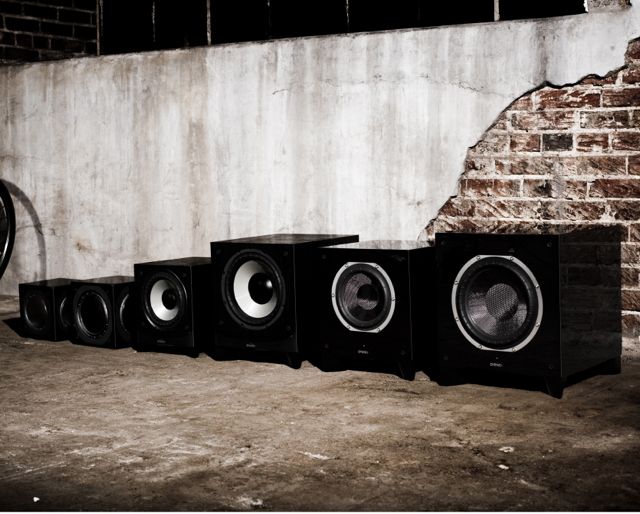
Many home theatre receivers are capable of driving multiple subs, and there are benefits to adding more than one sub. If your budget allows for it and you have the space, I would absolutely recommend adding a second sub. Some hard core home theatre enthusiasts may go so far as to use four subs!
The results of using multiple subs will provide you with more powerful bass, a more uniform frequency response across the low end range, and if you have a very large space you are looking to fill with low end punch you may find it makes a big difference. If you go this route, I strongly recommend using the same model sub across the board as they are going to work together whereas mismatched subs may have a negative impact on the listening experience.
Adding a subwoofer to any existing system will be a revelation in sound and the only question you’ll be asking yourself is, “why did I wait so long?” Best Buy Canada has many options that will suit your unique space and compliment your existing speakers. While subs will improve the quality of your sound, overdriving them can muddy up your audio as opposed to enhancing it. Proper placement, crossover point, and volume adjustments will ensure that every time you fire up your system you’ll be thrilled with your decision to add a sub.




Hey Guys, I read your post It was really amazing for me. I am very glad for this post. I will be happy if you post here more. Thank you so much for this post.
That’s a fantastic article on subwoofers @Jeff_Wilson.
I’d like to add that most people have their subwoofer’s output (volume level) set a tad too high, this usually causes a quick reach for the remote control when a sudden crescendo of thundering bass emerges from all the speakers. A properly set subwoofer level will provide the listener with that feeling of forboding distant rolling thunder, which may bring on a drastic change in scenery or plot of the movie to realism, as the director intended.
I always remind my clients that a subwoofer is meant to augment, not dominate the speaker system. (unless you want to kill or maime small animals at 50 paces ) Set the level so you can just barely feel the Bass.
) Set the level so you can just barely feel the Bass.
I agree that setting the crossover frequency is crucial, depending on the speakers, I usually also recommend setting the Subwoofer’s frequency slightly below 85Hz, and ideally placing it on the same plane(side) of the main speakers. The reason here is because, male baritone vocals can extend as low as 85Hz, and if the subwoofer is placed in an opposite side, the voice will “shift” from the front to the side accordingly.
Subwoofer placement is key, I also suggest lifting the subwoofer by an extra few inches off the floor (or away from ceiling if mounted upside down and high) to allow for a more punchy result instead of boominess. Corner placement may accentuate some boominess only if needed.
Great feedback, @Elico47. You raise such an important point about the volume level of the sub, and I really like your distant rolling thunder example.
I have never considered or attempted to raise a sub off the floor before, can you elaborate on how you recommend achieving that?
In order to find the right hight, I had to involve one other person (what are friends for?), who can lift the sub while it’s playing fameliar musical content with some bass, I like Blues as a test. I listen to the way the bass changes as the subwoofer cabinet is raised or lowered, and note how much higher it needs to be, on my Mordaunt Short MS409 I needed an additional 3 1/2 inches, I ended up using a 4 blocks of 2×2 pieces of wood, that I painted black to raise the subwoofer cabinet and then adjusted my variable notch filter ( I wish more subs had this feature) to provide a perfectly punchy bass where I can feel the air move, coupled with my Celestion Ditton 44’s on 29″ stands I couldn’t ask for much better than this.
I have done similar demonstarations of this function (lifting the sub) in stores when I was a Blue Shirt, to show clients and their wives, how much of a difference a simple placement of speakers and subs can make, even with a sub & soundbar system. The usual result is an excalamation of “Oh my G_d, that’s amazing!”
Comments are closed.